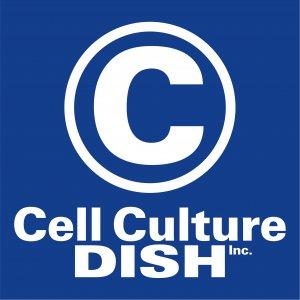Cell Culture Dish Podcast

Optimizing Protein Expression and Purification using Mass Spectrometry Analysis
In this podcast, we conducted a panel discussion with experts from Peak Proteins on common protein challenges and the use of mass spec to overcome expression and purification issues. We also discussed how mass spec can also be utilized in working with complex proteins and in-process modifications.
Show Notes
I began the podcast by asking about what types of organizations use Peak Proteins’ services. Dr. Abbot explained that these are companies and organizations involved in the discovery of new medicines, including biologics, vaccines and small molecules.
Then I asked him if he could describe the kind of work that they are doing and how they are helping their customers with discovery projects. He said that they use purified engineered recombinant proteins as research reagents to support drug screening and structural biology using X-ray crystallography. Many screening efforts rely on specifically designed proteins to support screening whether that is high throughput screening of a few million compounds or employing biophysical methods such as surface plasmon resonance of fewer compounds. For the medicinal chemist, being able to design drugs based upon a detailed knowledge of how existing molecules interact is very useful. Peak Proteins generates this information using X-ray crystallography of highly purified proteins
Next I asked Dr. Abbot what are the most common protein challenges that they encounter. He explained that because proteins are individual molecules that the way they are designed, made and purified has to be individualized to the protein. They see a vast diversity of proteins every year membrane proteins, protein complexes, flexible enzymes, stable cytokines and many more. They begin by thinking about how best to design it and once purified how to characterize it. This requires a huge toolbox of different methodologies. Engineering the protein to make it more stable, soluble and suitable is critical. Challenges include proteins that have poor expression, are physically unstable or sensitive to proteases, and the rate at which protein folds. Mark pointed out that the cell host and how it is cultured only part of the process. It is very important to consider the design of the protein and how it is to be purified. Once purified it is important to also consider how it will be characterized.
Next I asked if they could describe the cell culture systems that they use to express proteins and how they are used. Mr. Elvin described the several types of expression systems used for protein production including mammalian, insect, bacterial, plant, yeast and cell free expression systems. At Peak Proteins they use three different systems to express the various proteins that clients request. These are a transient HEK293 mammalian suspension expression system, a baculovirus infected insect cell expression system and various E.coli expressing host strains. Each system offers unique advantages and disadvantages over the others.
He went on to say that it’s very important to choose the right system for your protein to be expressed in. If the target is a “simple” protein which doesn’t require much post translational modification then it would be better to go for expression in an E.coli based system. This would have the major advantage of being cheaper as the growth medium is generally inexpensive and can often be made in house. At Peak Proteins they routinely use T7 based expression vector systems to maximize soluble expression and can also refold proteins from E.coli derived inclusion bodies if required.
If the proteins are more complex then you would look to produce them in mammalian systems such as HEK293 or CHO cells. In these systems protein folding is much more efficient and protein secretion into the surrounding growth media is good, making the purification process much simpler, especially if used in conjunction with affinity tags and solubility tags.






 Visit Podcast Website
Visit Podcast Website RSS Podcast Feed
RSS Podcast Feed Subscribe
Subscribe
 Add to MyCast
Add to MyCast